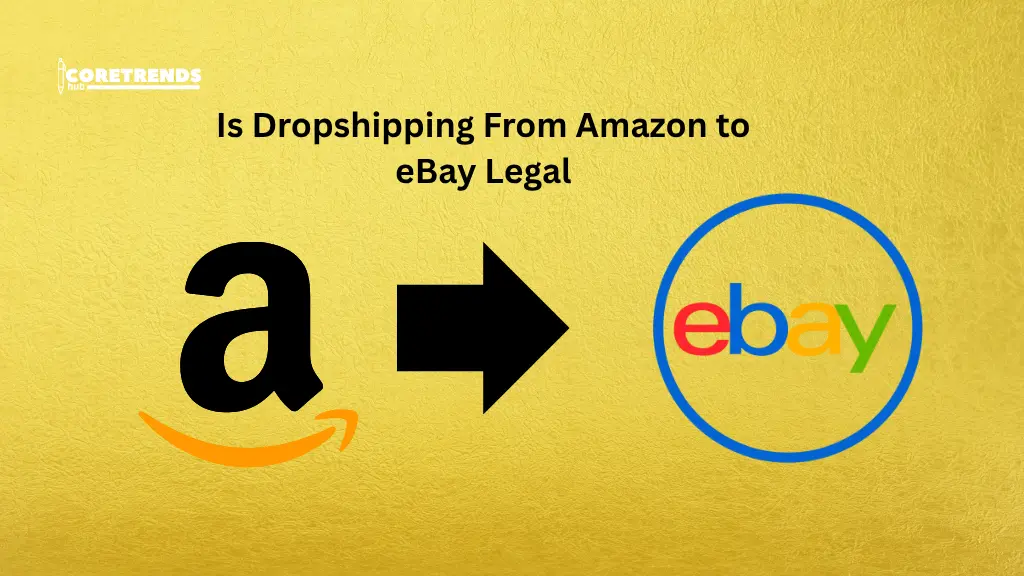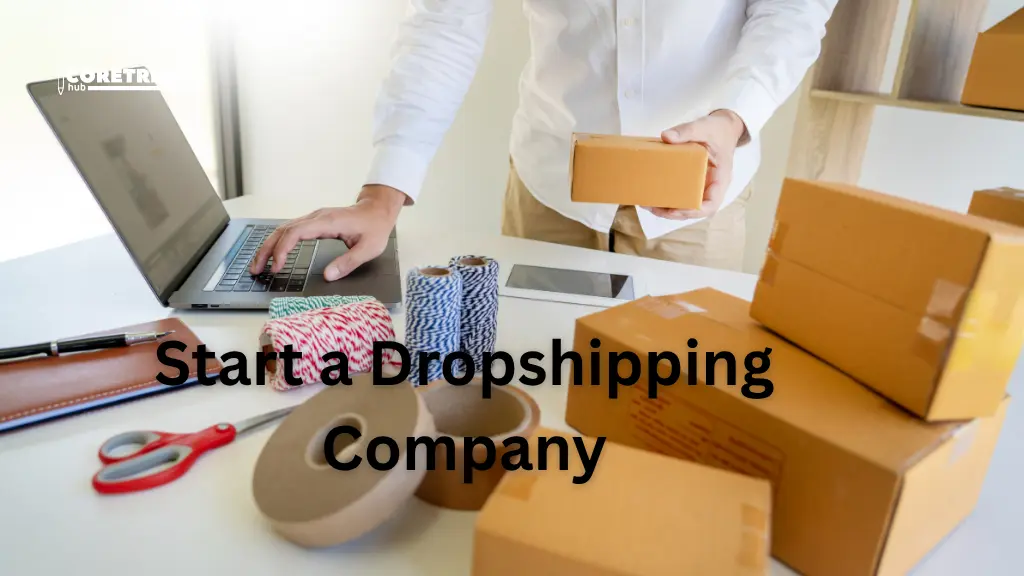Dropshipping is a way to sell products without keeping them in stock. You list products online in your store. When a customer buys something, you buy it from a supplier who ships it directly to the customer. This way, you do not handle the product yourself. It is a low-risk method to start an online business because you do not need to spend money on inventory. You only pay for items when you make a sale.
When dropshipping from Amazon to eBay, you list Amazon products on your eBay store. When someone buys an item from your eBay store, you purchase it on Amazon and have it shipped to the buyer. You make a profit from the difference between the eBay selling price and the Amazon price. Both platforms have rules you must follow, especially about shipping times and product authenticity, to avoid account issues.
Table of Contents
eBay’s Drop Shipping Policy
eBay allows dropshipping, but there are clear rules to follow. You must either have the items yourself or work with a wholesale supplier who provides the products. You cannot just buy from another retailer or marketplace and send it to your buyer. Doing that is not allowed.
If you dropship, you are fully responsible for delivering the item on time. You also need to make sure the buyer is happy with the purchase. Any mistakes, delays, or problems are considered your responsibility.
Dropshipping directly from sites like Amazon or other online retailers is prohibited on eBay. This can cause issues like slow shipping or wrong items being sent, which breaks eBay’s rules. Sellers who do this risk having their listings removed, accounts restricted, or even suspended.
In short, eBay allows dropshipping only if you control the inventory and fulfillment process. You must follow the rules closely to avoid account problems and keep buyers satisfied.
Amazon’s Role in Dropshipping
Amazon allows sellers to buy products and resell them, but it does not officially support dropshipping from its platform to other marketplaces. When using Amazon for dropshipping, sellers buy items from Amazon and ship them directly to customers on platforms like eBay. However, this practice can violate both Amazon’s and eBay’s rules if not handled carefully.
Sellers must follow Amazon’s policies, which require accurate product information, proper billing, and authorized shipping. You cannot remove Amazon packaging or invoices and resell items as your own. Doing so can lead to account warnings or suspension.
Amazon can be used as a supplier, but sellers need to ensure that shipping times, product authenticity, and quality are maintained. Any delay or error in fulfilling an order from Amazon is the seller’s responsibility.
Managing Inventory and Orders
Managing inventory is very important for a smooth dropshipping business. Even if you do not keep products yourself, you need to regularly check your supplier’s stock. Out-of-stock items should not be listed for sale. Monitoring inventory helps prevent canceled orders and unhappy customers. You can also track which products sell faster to plan your listings better.
Keeping track of orders is equally important. When a customer buys a product, place the order with your supplier quickly and confirm shipping details. Monitor the delivery progress and keep the buyer informed if there are any delays. Timely updates improve trust and reduce complaints.
Handling returns and refunds is another key part. Make sure you have clear return policies with your supplier and respond to customer requests quickly. Check the condition of returned items and process refunds accurately. A smooth return process keeps buyers satisfied and maintains your store’s credibility.
Pricing Strategies
Pricing is very important in dropshipping because it directly affects your profit and sales. Start by checking how much competitors are selling the same or similar products for. This gives you an idea of a fair price range. Setting your price too high may scare buyers, while pricing too low can reduce profits.
Consider all costs when setting prices. Include the supplier’s price, shipping fees, marketplace fees, and any taxes. Make sure your selling price covers these costs and leaves some profit. Tracking these expenses regularly helps avoid losses.
Think about offering discounts, bundles, or special offers to attract buyers. Small promotions can increase sales and improve customer loyalty. However, avoid frequent heavy discounts that can hurt your profits in the long run.
Tools and Resources for Dropshipping
Using the right tools makes dropshipping much easier and more efficient. Inventory management software not only helps track stock levels but can also update product listings automatically across multiple platforms. This reduces mistakes like selling items that are out of stock. Some tools even alert you when inventory is low or prices change, helping you make quick adjustments and avoid lost sales.
Order management tools are also important. They help you process customer orders quickly, track shipments, and communicate updates. Some tools even allow automatic order placement with your supplier, which speeds up the workflow and improves customer satisfaction.
Market research tools can help you find trending products, check competitor prices, and understand customer demand. Analytics tools provide insights on which products sell best, helping you make better business decisions.
Common Mistakes to Avoid
Choosing Unreliable Suppliers
One common mistake is not checking your supplier’s reliability. Some sellers pick suppliers with low prices but slow shipping or poor product quality. This can lead to late deliveries, wrong items, or damaged products, which upset buyers and cause negative reviews. Always verify your supplier’s reputation before listing their products.
Ignoring Marketplace Rules
Another mistake is not following the rules of the platform you sell on. Selling items from Amazon on eBay without following eBay’s policies can get your account suspended. Not understanding fees, shipping rules, or return policies can also create problems.
Pricing Errors
Setting prices too low reduces profits, while pricing too high may scare buyers. Ignoring shipping costs, marketplace fees, or taxes can eat into your earnings. Carefully calculate all costs before listing products.
Poor Customer Communication
Slow responses, ignored messages, or unclear shipping updates can hurt your reputation. Keep buyers informed, respond quickly, and resolve issues politely to maintain trust and satisfaction.
Neglecting Product Descriptions and Images
Some sellers use poor or copied product descriptions and low-quality images. This can confuse buyers or make listings look unprofessional. Always use accurate descriptions, highlight key features, and provide clear images to build trust and improve sales.
Conclusion
Dropshipping from Amazon to eBay can be risky. eBay allows dropshipping, but only from authorized suppliers, not directly from other retailers like Amazon. Ignoring these rules can lead to account suspension or other penalties.
Sellers must follow both eBay’s and Amazon’s policies carefully. Check supplier reliability, manage orders on time, and provide accurate product information. By staying within the rules, handling orders properly, and keeping customers happy, dropshipping can be done safely.



